Team Nutrition Cooks - Individuals and Households
Generic Clearance to Conduct Formative Research
Attachment G - USDA Team Nutrition Cooks_Discussion Guide for Focus Groups with Parents Final
Team Nutrition Cooks - Individuals and Households
OMB: 0584-0524

Attachment G – Discussion Guide for Focus Groups with Parents/Caregivers
OMB BURDEN STATEMENT: According to the Paperwork Reduction Act of 1995, an agency may not conduct or sponsor, and a person is not required to respond to, a collection of information unless it displays a valid OMB control number. The valid OMB control number for this information collection is 0584-0524. The time required to complete this information collection is estimated to average 60 minutes per response, including the time for reviewing instructions, searching existing data sources, gathering and maintaining the data needed, and completing and reviewing the collection of information.
Research Objective: Conduct focus groups with parents/caregivers of students who participated in the Team Nutrition Cooks! Afterschool program to understand students’ current eating behaviors and preferences (Section II); gather feedback on the usability, content, and design of parent handouts (Section III); and identify potential indicators of educational effectiveness for the target audience (Section IV).
NOTES TO REVIEWER: |
This discussion guide is not a script and, therefore, will not be read verbatim. The moderator will use these questions as a roadmap and probe as needed to maintain the natural flow of conversation. Question probes are italicized. |
Moderator instructions are highlighted in yellow. |
Materials are highlighted in blue. |
Concepts of Interest are highlighted in green. |
Session Overview: Total time 60 minutes
SECTION I: Introduction and Warm-Up (5 min.) The moderator will explain the purpose of the research, present the ground rules, and allow the participant to ask any questions. |
SECTION II: Children’s Eating Behaviors (10 min.) The purpose of this section is to learn about children’s knowledge, attitudes, behaviors, and preferences toward food and to gauge how families talk about “eating healthy” at home. |
SECTION III: Program Materials—Parent Handouts (30 min.) The purpose of this section is to gauge participants’ reactions to the content, design, and usability of the program materials (i.e., family handouts). |
SECTION IV: Potential for Impact (12 min.) The purpose of this section is to gather observations of any potential change in students’ knowledge, attitudes, or behaviors related to food or cooking and to gauge perceptions around the program’s potential for impact. |
SECTION V: Conclusion (3 min) The moderator wraps up the discussion and ensures that all questions are answered and all comments have been heard. |
S ECTION
I: Introduction and Warm-Up (5 min.)
ECTION
I: Introduction and Warm-Up (5 min.)
[Moderator introduces self and informally reviews the ground rules with the participants]
Thank you for coming here today and for your willingness to be involved in our study. The purpose of our discussion today is to get your thoughts and reactions to the Team Nutrition Cooks! (TNC) program your child has been involved with the last few weeks.
My name is __________, and I work for [company name]. We are a private research firm, and we are helping the U.S. Department of Agriculture (USDA)/Food and Nutrition Service (FNS) test and improve the Team Nutrition Cooks! program.
Before we begin, I want to say a couple of things:
Your participation is voluntary and you have the right to withdraw from the study at any time. If I ask any questions you do not wish to answer, you do not have to provide a response.
With that said, I do want to hear from everyone, so I might call on you at some point. The goal of our discussion is not to come to a consensus, and we especially want to hear from you if you have an opinion that is different from others in the room.
There are no wrong answers here—we just want to know what you think. I did not make any of the Team Nutrition Cooks! materials, so it is ok for you to be totally honest. Your responses will not hurt my feelings.
Also, we are not here to evaluate you or judge your family or community in anyway. Our goal is to learn as much as we can in order to make the program better.
We do ask that everyone keep this discussion private—by not discussing what is said here with others—since people might share personal thoughts.
If it’s OK with you, I’d like to audio-record our discussion today. The recordings will only be used to confirm our notes and allow us to revisit this conversation as we write our reports. Additional project staff may hear the tapes later. However, your name and personal information will be removed from any transcripts and will not be used in any of our reports. May I start recording now?
We will have about 60 minutes for our discussion.
Please turn your cell phones off or switch them to silent mode.
If you need to go to the restroom during the discussion, please feel free to do so.
Do you have any questions before we begin?
Okay, great!
[Warm-up] This will be the one and only time that I ask us to go around the room. I’d like to have each of you share your first name and something you enjoy doing with your children. I’ll go first.
Thank you. I am pleased to meet you and I appreciate your participation!
We have a lot of content to cover so I want to jump right in.
S ECTION
II: Children’s
Eating Behaviors
(10
min.)
ECTION
II: Children’s
Eating Behaviors
(10
min.)
We would like to start by talking a bit about your children’s eating habits and how you engage with them about food or nutrition at home.
[Attitudes and parental management] By a show of hands, how many of you have “picky eaters”?
What do you do when your child refuses certain foods?
How many times do you expose your child to a new food?
How does your child feel about trying foods that are unfamiliar to them?
When are they most likely to try something new? [Probe for specific situations]
Do you think your child is interested in choosing/eating the foods that will keep his or her body healthy? Why or why not?
What would you want to change, if anything, about your child’s eating habits?
[Knowledge and Communication] What conversations have you had about food, nutrition, or healthy choices in your household?
How do you explain “healthy foods” to your child?
How do you explain what a “healthy diet” looks like to your child?
[Probe for whether they encourage a variety of foods or if they advise to avoid/limit certain foods or food groups, etc.]
[Children’s behaviors and preferences] Can you tell me what your child usually eats on a typical day?
What kinds of foods or food groups does your child prefer?
What foods or food groups does he or she typically avoid?
Does your child eat a variety of foods?
What is their favorite snack?
How does your child feel about vegetables?
Does your child express interest in helping you cook or prepare meals for the family?
What dishes does he or she like to make?
S ECTION
III: Program Materials – Parent Handouts (30 min.)
ECTION
III: Program Materials – Parent Handouts (30 min.)
[Material for review in this section can be found in Attachment O: Stimuli for Focus Groups – Team Nutrition Cooks! Family Handouts. Participants will be walked through pages 1-17 of the Corn and Zucchini Pancake Family Handout]
[Provide a copy of the Corn and Zucchini Pancake Family Handout to each parent/caregiver]
As you all are aware, for the past few weeks your child has been participating in lessons during the after-school program that focus on teaching cooking skills and how to make healthy recipes. During each lesson, the children watched a skills video, and afterward, the staff led everyone through a full recipe. Right now, we’d like to go through the take-home materials and get your feedback on their usefulness to you and your family.
In front of you is the Family Handout for the Corn and Zucchini Pancake lesson. Please take a few minutes to review it.
[Give participants around 3 minutes to flip through the entire handout]
Ok great, so…
First by a show of hands, who received this handout from their child while he or she was in the program?
If yes, what did you do with the handout? [probe for whether they ignored/trashed, glanced at it, read in detail, or used with their children at home]
For those of you who read it – How many of you would say you read it cover to cover? How many skimmed it?
For those of you who did not read it – What do you think would make you more likely to read it?
What were your initial reactions to this handout?
What did you like about the handout?
What did you dislike about the handout?
Do you think this handout is useful for families like yours? Why or why not?
What do you think this handout is asking you to do?
Would you consider or did you do any of the activities described in the handout?
If not, why not?
If you did, would you use it again?
What would you change, if anything, about this handout to make it easier to use?
Were the family handouts easy to read?
Were the instructions easy to follow? Do you like the tone or how things are explained?
Was there anything that you found to be confusing or misleading?
Is there anything about this handout that grabs your attention? If so, what is that?
How do you feel about the visuals or photos used in the family handout?
[probe for whether or not they find it appealing]
What visual elements did you like or dislike?
Is there anything you would change about the design?
What would make you more likely to read it?
[Family Handout - Letter and Recipe Pages] Great! Now I want everyone to take a minute to focus on only the first two pages of the handout. Take a minute to read over the information in case you haven’t already. [Give participants 1–2 minutes to review the family letter and recipe pages of the handout].
What are your initial reactions to these pages?
What do you like about these two pages?
What do you dislike?
What information is helpful to you?
What information, if any, is not necessary? Why?
[Probe for what might be too much information]
Would you read any further past these pages?
Is there anything you found to be confusing?
What do you think about the layout or design?
Is it visually appealing?
What do you think about the photos? Should the graphics be different?
What would make it easier to read/use?
Would you consider making this recipe with your child? Why or why not?
[If no— probe for potential barriers (e.g., cost, time, equipment, preferences)]
Would you make it more than once?
What would make it more likely for you to try or use these recipes on a regular basis?
[Family Handout - Skills pages] Perfect. Now, let’s take a few more minutes to review the skills pages located on pages 3–10 of the handout. [Give participants 2–3 minutes to look through pages 3–10 of the handout].
By a show of hands, how many of you reviewed these pages when you first received the handout?
What are your initial reactions to these pages?
What do you like about these pages?
What do you dislike?
What information is helpful to you?
What information, if any, is not necessary?
[Probe for what might be too much information]
Would you read any further past these pages?
Is there anything you found to be confusing?
What do you think about the layout or design?
Is it visually appealing?
What do you think about the photos? Should the graphics be different?
What would make it easier to read/use?
[Family Handout - Worksheets] Lastly, let’s take a few moments to look through the remaining pages of the handout. [Give participants 2 minutes to look through pages 11–13 of the handout].
By a show of hands, how many of you reviewed these pages when you first received the handout?
[If reviewed]—Were the activity sheets already completed when your child brought it home?
[If not reviewed]—did you complete them with your child?
What are your initial reactions to these pages?
What do you like about these pages?
What do you dislike?
Would you want to do these kinds of activities with your children? Why or why not?
What information is helpful to you?
What information, if any, is not necessary?
[Probe for what might be too much information]
Is there anything you found to be confusing?
What do you think about the layout or design?
Is it visually appealing?
What do you think about the photos? Should the graphics be different?
What would make it easier to read/use?
If you were designing this, would you put the pages in a different order?
Do you think these activities are helpful in reinforcing healthy behaviors and food preparation skills for your child?
Why or why not?
What would make these worksheets more kid-friendly?
SECTION IV : Potential for Impact (12 min.)

Thank you for sharing your perspectives on the materials. For this next section, I’d like to start out with a quick activity. Just as a reminder, we are not here to evaluate you in any way; we are interested in learning if this program has the potential to impact healthy habits.
[Provide participants with red, yellow, and green cards]
So for the next few questions, I would like you to raise a colored card to provide an answer. Green means “yes,” yellow means “maybe,” and red means “no.”
My first question is…
Before this program—do you think your child would have tried… [hold up picture of a prepared recipe one at a time – see Section IV stimuli on pages 8 and 9]
Corn and zucchini pancakes
Salad with vinaigrette dressing
Grain bowls
Homemade applesauce
Scrambled eggs with spinach
[Repeat the activity asking this question: “Before this program—do you think you would have tried…”] [Show all five pictures]
Now that your child has completed the program—do you think your child would try… [hold up picture of a prepared recipe one at a time]
Rainbow rice
Hawaiian chicken wrap
Sautéed greens with nuts and raisins
Turkey sliders
Fruit salad with yogurt
[Repeat the activity asking this question: “After the program—do you think you would try…”] [Show all five pictures]
Fantastic – thank you! You can set down your cards now and let’s talk. Tell me…
What do you think your children took away from the TNC program?
[Probe on changes in attitudes, knowledge, or behavior.]
Potential probes:
Have they been more willing to try new foods?
Have they expressed interest in cooking at home or trying recipes with you?
Have you heard them talk about or seen them apply any of the information they picked up in the last few weeks?
What do you think they learned? –or- What information was new to them?
Have you noticed any other changes?
[Skill acquisition] Have you seen any changes in your child’s confidence or skills over the course of the program? If so, please explain.
[Probe on comfort level in food preparation, cooking techniques, or use of equipment]
Have you noticed any changes in your child’s preferences or willingness to eat certain foods or food groups (i.e., vegetables)? Please explain.
Have you observed your children eating more of the featured foods (e.g., fruits, vegetables, eggs, or whole grains like brown rice) than before the program was implemented?
Have you noticed a change in your children’s interest in learning about healthy foods or nutrition?
How have your children been talking about cooking and healthy foods recently?
Have your children tried to speak with you about cooking and food preparation over the course of the program?
If foods are prepared in your home on a regular basis, have your children been more active in helping cook or prepare foods?
Have you observed that your children are more interested in cooking now than before the program?
Has your child’s participation in the program made you more interested in cooking and nutrition?
Are you cooking more often?
Are you cooking healthier foods, or cooking healthier foods more often?
S ection
V: Closing
(3 minutes)
ection
V: Closing
(3 minutes)
Thank you very much for participating in this focus group. I have enjoyed meeting you and your children. We truly appreciate your time and great feedback. Is there anything else that you would like to share that you didn’t have the chance to share yet?
On your way out, feel free to take a deli meal prepared for you.
Appendix. Section IV Stimuli

Homemade applesauce

Corn and Zucchini Pancakes
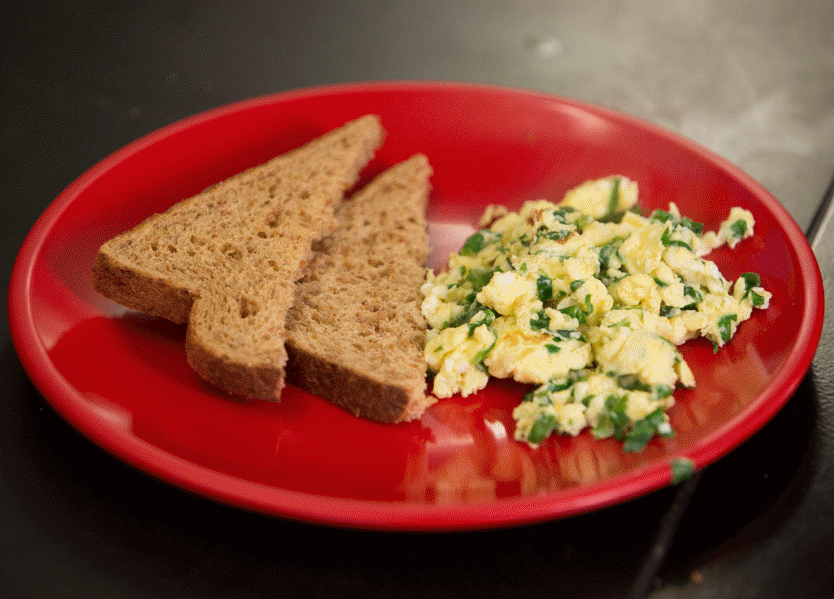
Scrambled Eggs with Spinach

Grain Bowl
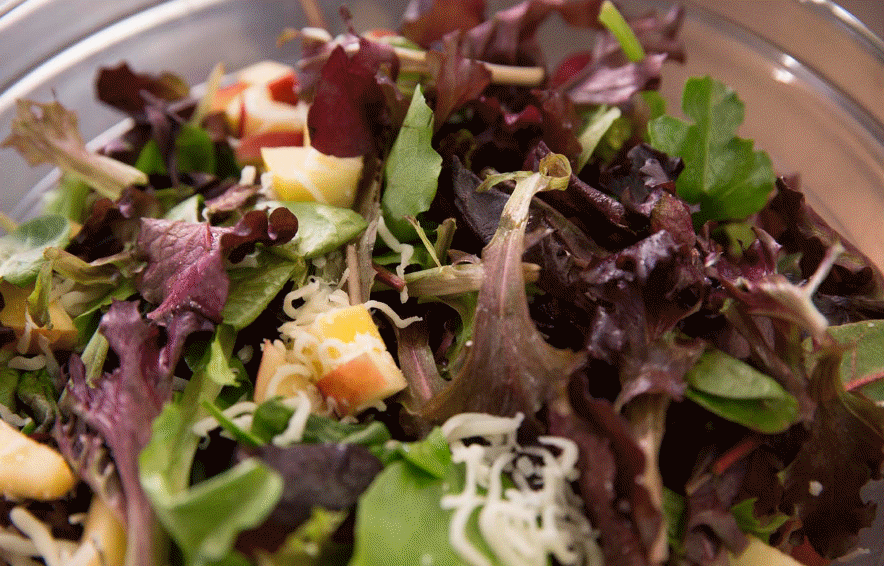
Salad
with Vinaigrette Dressing

Turkey Sliders
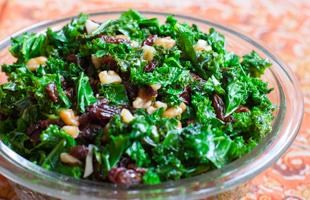
Sautéed Greens with Nuts and Raisins

Rainbow Rice
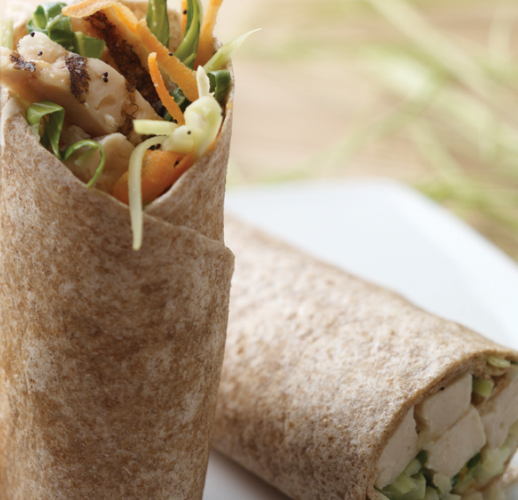
Hawaiian Chicken Wrap
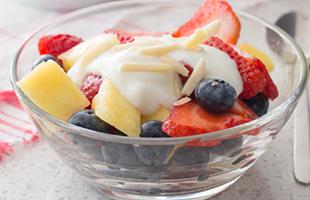
Fruit Salad with Yogurt
| File Type | application/vnd.openxmlformats-officedocument.wordprocessingml.document |
| Author | Nikkita Sarna |
| File Modified | 0000-00-00 |
| File Created | 2021-01-23 |
© 2026 OMB.report | Privacy Policy